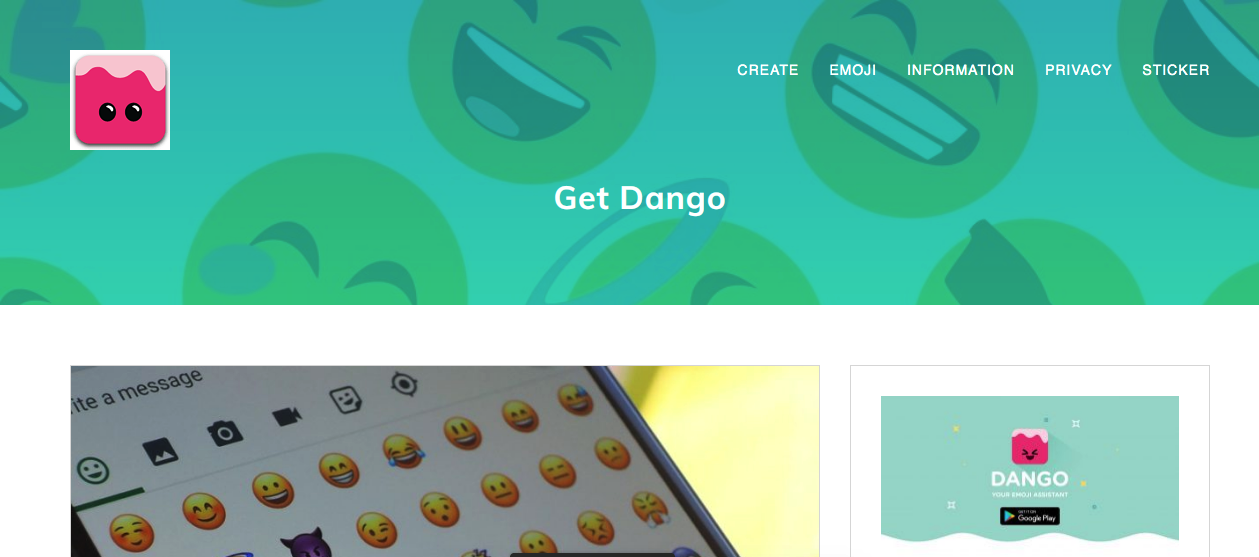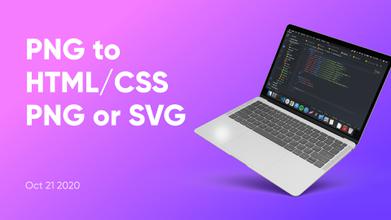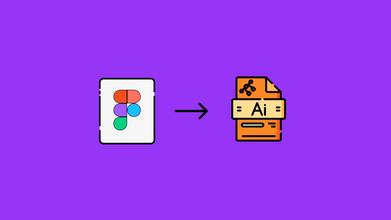Top Most Interesting Machine Learning Apps
Oct 29, 2021 11626 seen
Machine Learning Algorithms

Machine Learning is the branch of science that studies how computers can learn without being explicitly programmed. As the name implies, it provides the computer with a feature that makes it more human-like: the ability to learn. Machine learning is being used actively today, possibly in many more places than one would expect. The same factors that have fueled the resurgence of interest in machine learning have also made data mining and Bayesian analysis more popular than ever before. Things like increasing data volumes and variety, cheaper and more powerful computing, and affordable data storage.
All of this means that you can create models quickly and automatically that can analyze larger, more complex data and provide faster, more accurate results - even on a very large scale. Furthermore, by developing accurate models, the organization increases its chances of identifying profitable opportunities or avoiding unknown risks.
Let's discuss some applications powered by machine learning.
1. Netflix

Netflix has evolved from a DVD rental website to a global streaming service. And it all has to do with machine learning!
Netflix uses Logistic Regression, Decision Tree, SVM other machine learning algorithms. All of these scary words mean that Netflix has refined its personalized recommendations through machine learning.
Netflix content is categorized by genre, actor, review, duration, year, etc. All this data feeds into machine learning algorithms. Netflix's machine learning algorithms learn from user actions. Based on users’ behavior, Netflix understands that they don't appreciate this kind of TV show and is pushing it far away from my recommendations. The same thing happens when you watch a trailer, leave a bad review, or choose the seventh recommendation over the first. Machine learning algorithms adapt to user behavior to deliver the most personalized content.
2. Snapchat

The first step is to detect the face. The program treats the photograph as a dataset for the color value of each pixel. But how do you know which part of the image is the face?
Well, the clues are the areas of contrast between the light and dark parts of the image. The program can detect faces by repeatedly scanning the image data and calculating the difference between the grayscale pixel values under the white and black boxes. The bridge of the nose, for example, is typically lighter than the surrounding area on both sides, the eye sockets are darker than the forehead, and the middle of the forehead is lighter than the sides. This algorithm will not detect your face if you are really tilted or looking sideways, but they are accurate for frontal faces.'
But to apply a flower crown, the app needs more than just face recognition. He must define the facial features. According to the templates, he does this using an active shape model - a statistical model of the shape of the face that has been trained by people manually marking the boundaries of facial features in hundreds of sample images. The algorithm takes the middle face from this trained data and aligns it with your phone's camera image, scaling and rotating it according to where it already knows where your face is. But this is not a perfect match, so the model analyzes the pixel data around each point, looking for edges defined by brightness and darkness.
3. Google Maps

Therefore, when you click the Find Parking tab on the route card, you will see a list of parking spaces near you and then walking routes to your destination.
4. Dango

Last but not least, there is an application called Dango. Dango isn't just another mobile app; it's a floating assistant that can be linked to a variety of messaging apps.
Depending on what you write, Dango can anticipate emojis, stickers, and gifs. To do this, Dango needs to understand the meaning of the words you write. To do this, it uses deep learning to train neural networks. The tutorial begins with demonstrating millions of real-life examples of emoji use in a neural network.
At first, the neural network just tries to guess at random, but over time it matches millions of values, so next time it will do better with this example. When fully trained, he understands emotions and jokes. As a result, you will receive meaningful emoji and GIF suggestions that will enhance your texting.
5. ImprompDo

The next mobile app is a dream come true for those who can't break the procrastination habit, or those looking for an idea for a machine learning productivity app. ImprompDo helps people achieve results without having to stick to a schedule.
The app finds a middle ground between your to-do list and the time you have. He finds the right moments for you to complete the necessary tasks. Machine learning allows an app to find the right moment to show push notifications.
But for this application to work perfectly, you need to use it for a while and let it learn your time management behavior. It will track your location and what you are doing. The mobile app can even prioritize your to-do list for you.


